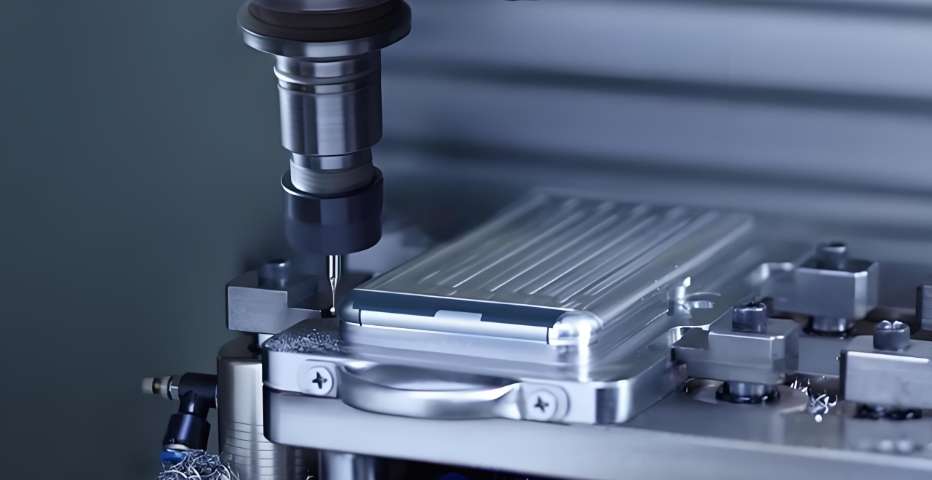
In the thermal management chain of data centers and high-performance computing, the cold plate, as a key carrier of heat transfer, has its core structure's precision and rationality directly related to the system's energy efficiency. From the assembly fit of mounting holes to the thermal exchange design of flow channels and cooling slots, every detail relies on the high-precision cutting capabilities of CNC machining technology to achieve a dual landing of performance and reliability.
CNC machining technology provides support for the precision of the cold plate's core structure. Facing key areas that connect with upstream and downstream components, such as mounting holes and sealing grooves, CNC milling and turning processes, with their micron-level control accuracy, ensure that hole spacing and groove dimensions match the design parameters perfectly. This strict control of tolerances allows the cold plate to seamlessly integrate with heat sinks, piping, and other components during system assembly, eliminating potential compatibility issues and thermal resistance fluctuations caused by structural deviations at the source.
The machining of flow channels and cooling slots is the core pivot for the cold plate's heat exchange efficiency. The flow rate and uniformity of coolant distribution within the flow channels largely depend on the precision of channel formation. With the aid of CNC multi-axis technology, complex flow channel structures such as serpentine and branched designs can be precisely machined on the surface or inside of the cold plate, enhancing the heat exchange efficiency between the coolant and the cold plate. When turning processes handle the edge sealing structures and positioning references of the cold plate, they ensure the sealing and overall structural stability of the flow channel system with stable cutting accuracy—strictly limiting deviations in the width and depth of sealing grooves. Combined with sealing elements, this effectively prevents coolant leakage and maintains a controlled environment for heat exchange within the flow channels.
When CNC machining technology deeply penetrates the manufacturing of the cold plate's core structure, the precision of mounting holes, the scientific design of flow channels and cooling slots, and the stable formation of sealing grooves and positioning references collectively build the underlying logic for the cold plate's efficient heat conduction. This dedication to process precision is not only a demonstration of technical capability but also a foundation for the long-term reliable operation of thermal management systems in data centers and high-performance computing scenarios. If you wish to gain a deeper understanding of the technical details of CNC machining in cold plate manufacturing, please visit our company website at www.simituo.com to explore the perfect integration of technology and demand.